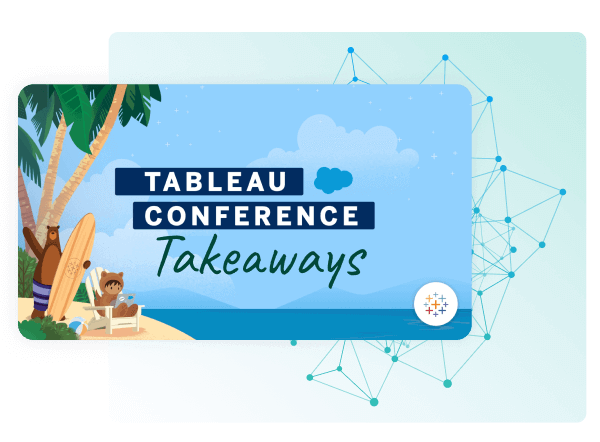Discover how a bimodal integration strategy can address the major data management challenges facing your organization today.
Get the Report →Connect to Microsoft Dataverse Data from PowerBuilder
This article demonstrates how to access Microsoft Dataverse data from Appeon PowerBuilder using the CData ADO.NET Provider for Microsoft Dataverse.
This article demonstrates using the CData ADO.NET Provider for Microsoft Dataverse in PowerBuilder, showcasing the ease of use and compatibility of these standards-based controls across various platforms and development technologies that support Microsoft .NET, including Appeon PowerBuilder.
This article shows how to create a basic PowerBuilder application that uses the CData ADO.NET Provider for Microsoft Dataverse to perform reads and writes.
- In a new WPF Window Application solution, add all the Visual Controls needed for the connection properties. Below is a typical connection string:
OrganizationUrl=https://myaccount.crm.dynamics.com/InitiateOAuth=GETANDREFRESH
You can connect without setting any connection properties for your user credentials. Below are the minimum connection properties required to connect.
- InitiateOAuth: Set this to GETANDREFRESH. You can use InitiateOAuth to avoid repeating the OAuth exchange and manually setting the OAuthAccessToken.
- OrganizationUrl: Set this to the organization URL you are connecting to, such as https://myorganization.crm.dynamics.com.
- Tenant (optional): Set this if you wish to authenticate to a different tenant than your default. This is required to work with an organization not on your default Tenant.
When you connect the Common Data Service OAuth endpoint opens in your default browser. Log in and grant permissions. The OAuth process completes automatically.
- Add the DataGrid control from the .NET controls.
-
Configure the columns of the DataGrid control. Below are several columns from the Account table:
<DataGrid AutoGenerateColumns="False" Margin="13,249,12,14" Name="datagrid1" TabIndex="70" ItemsSource="{Binding}"> <DataGrid.Columns> <DataGridTextColumn x:Name="idColumn" Binding="{Binding Path=Id}" Header="Id" Width="SizeToHeader" /> <DataGridTextColumn x:Name="nameColumn" Binding="{Binding Path=AccountId}" Header="AccountId" Width="SizeToHeader" /> ... </DataGrid.Columns> </DataGrid> - Add a reference to the CData ADO.NET Provider for Microsoft Dataverse assembly.
Connect the DataGrid
Once the visual elements have been configured, you can use standard ADO.NET objects like Connection, Command, and DataAdapter to populate a DataTable with the results of an SQL query:
System.Data.CData.CDS.CDSConnection conn
conn = create System.Data.CData.CDS.CDSConnection(connectionString)
System.Data.CData.CDS.CDSCommand comm
comm = create System.Data.CData.CDS.CDSCommand(command, conn)
System.Data.DataTable table
table = create System.Data.DataTable
System.Data.CData.CDS.CDSDataAdapter dataAdapter
dataAdapter = create System.Data.CData.CDS.CDSDataAdapter(comm)
dataAdapter.Fill(table)
datagrid1.ItemsSource=table.DefaultView
The code above can be used to bind data from the specified query to the DataGrid.






